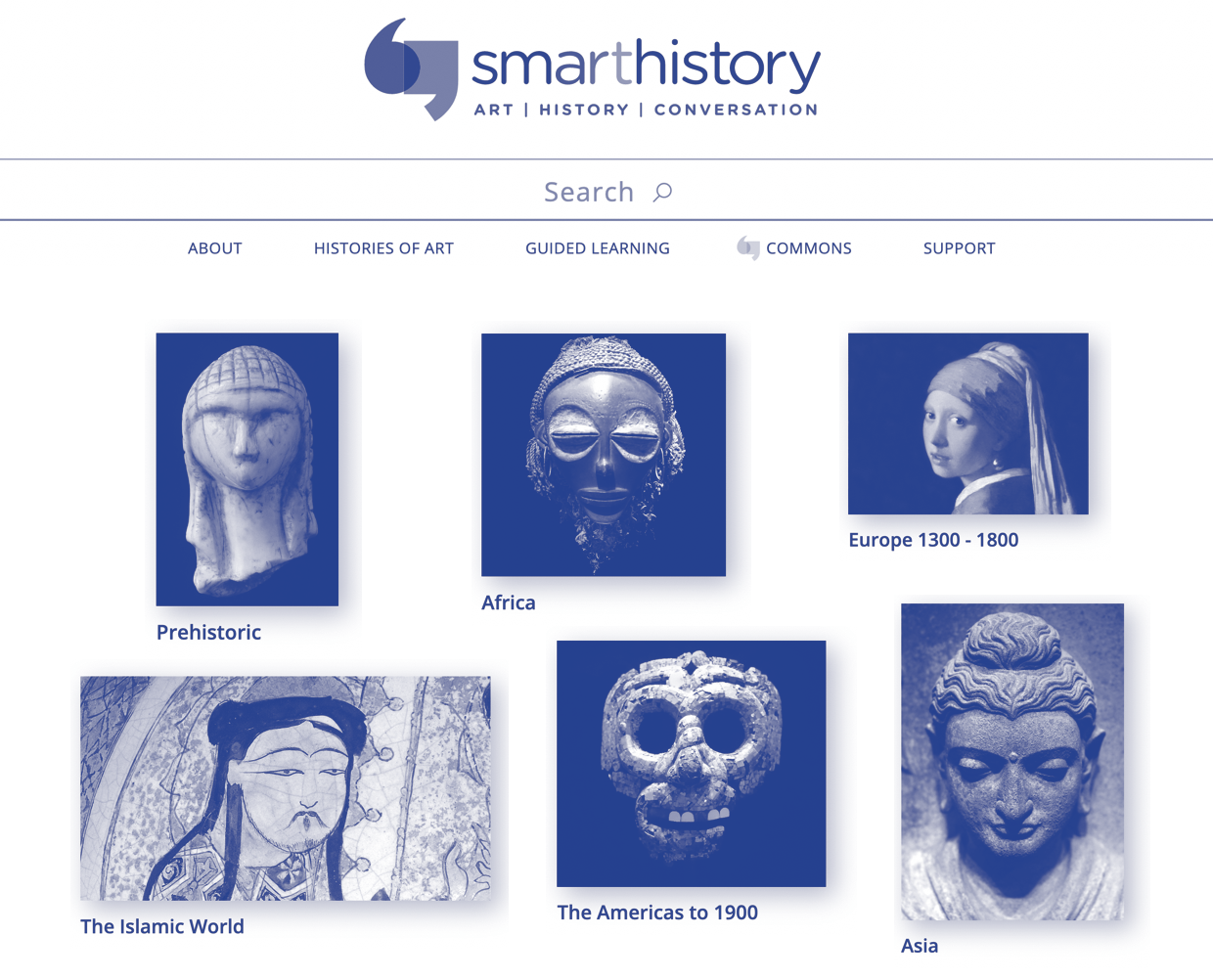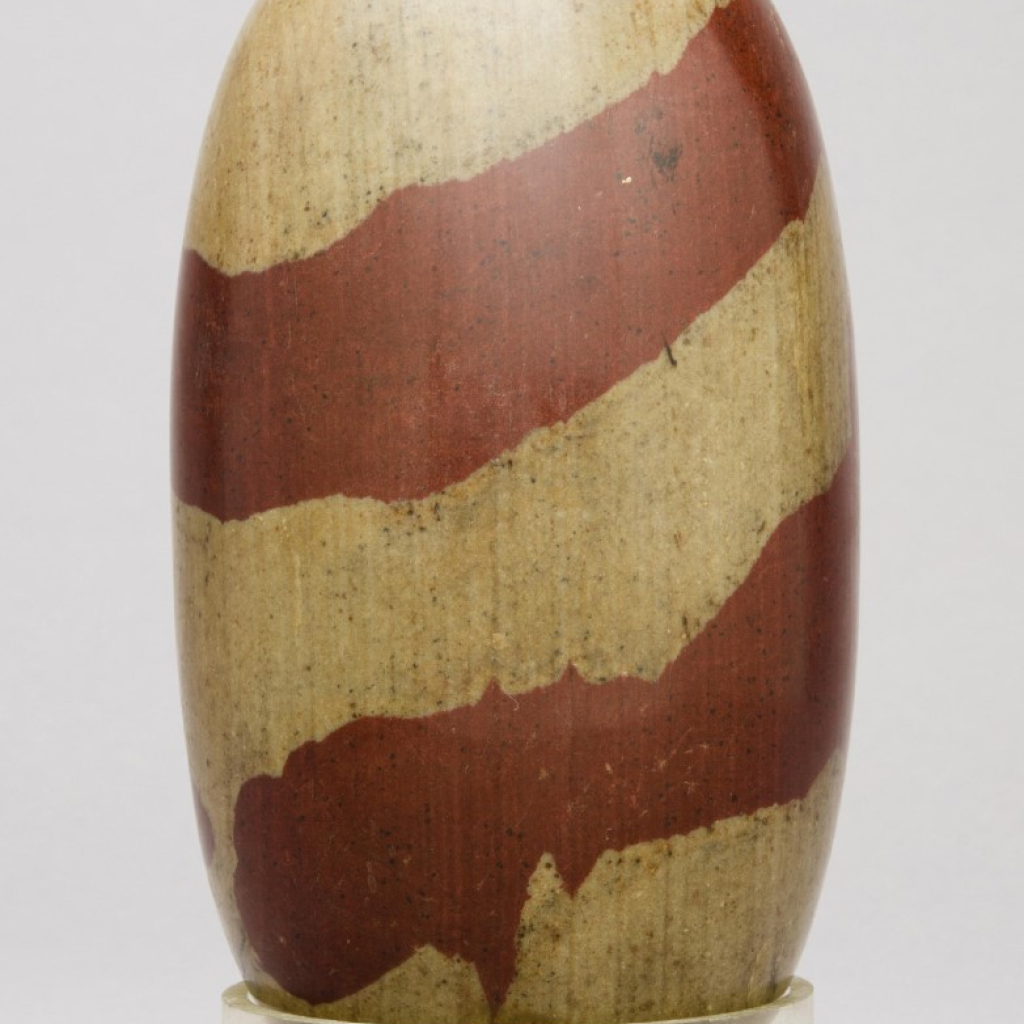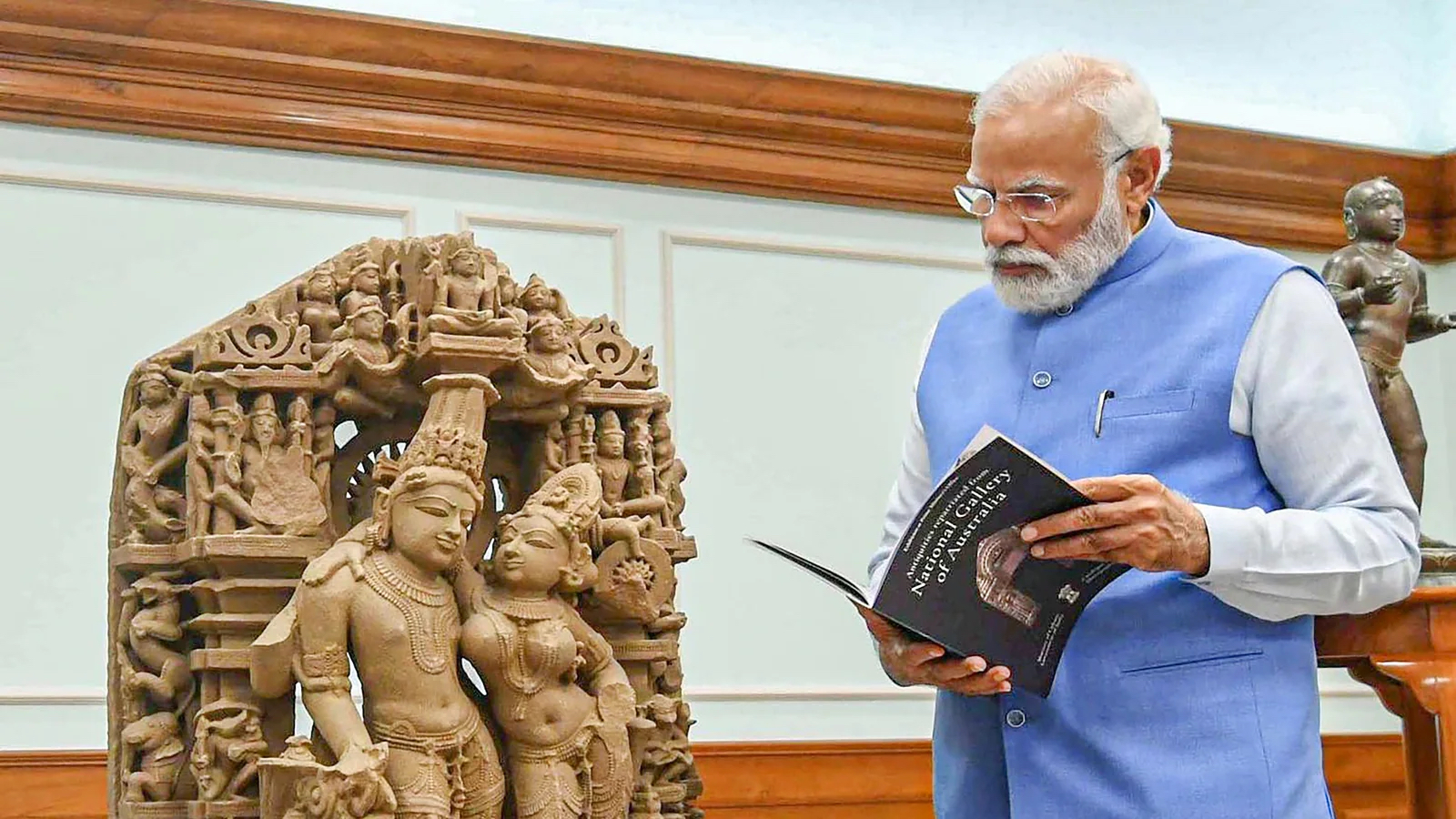Past events

Wed, 9 August 2023
6:00PM
Who Owns Ban Chiang?: Revisited
Melody Rod-ari
Academic Melody Rod-Ari reflects on collecting histories and provenance issues in Asian art – focusing on Ban Chiang, an important archaeological site in Thailand.

Thu, 3 August 2023
3:00PM
Smarthistory: Creating a Smarter, More Equitable and Diverse Art History
Melody Rod-ari
A workshop for scholars and students, led by our 2023 Sydney Asian Art Series Scholar in Residence Melody Rod-ari
Thu, 3 August 2023
10:00AM
The Evidence of Things Not Captured: Christopher “Dudus” Coke & the Fugitive Photograph in Postcolonial Jamaica
Krista Thompson
A lecture by art historian Krista Thompson (Northwestern University, Chicago) about fugitives and their photographic histories.

Thu, 20 July 2023
6:00PM
Dancing Sovereignty: Protocol and Politics in Indigenous Dance Practices
Mique'l Dangeli, Tammi Gissell, and Gerald McMaster
A lecture about the political power of Indigenous dance practices, preceded by a conversation between Mique'l, Gerald McMaster and Tammi Gissell
Thu, 22 June 2023
11:30AM
Art History and the Digital: A Conversation with Yael Rice, Nancy Um, Deepthi Murali and Priya Jaradi
Yael Rice, Nancy Um, and Deepthi Murali
A panel conversation on the implications of the digital on art history practice and pedagogy.

Thu, 15 June 2023
11:00AM
Artist/Maker Unknown: Hierarchy, Bias, and the Museum Database
Yael Rice
A lecture on the hierarchies underpinning museums new data systems.

Wed, 17 May 2023
9:00AM
Speaking Seeing: Indigenous Visual Knowledge and the Priority of Language
Gerald McMaster, Kent Ayoungman, Floyd P. Favel, and Krista Ulujuk Zawadski
A panel discussion about the importance of language in understanding and articulating Indigenous ways of seeing.

Thu, 11 May 2023
6:00PM
In the Garden of Speculative Delights: On the Financialisation of Cognition
Orit Halpern
Today, growing concerns with climate change, energy scarcity, security, and economic volatility have turned the focus of urban planners, investors, scientists, and governments towards computational technologies as sites of potential salvation from a world consistently defined by catastrophes and “crisis”.

Tue, 2 May 2023
2:00PM
Rethinking Repatriation
Kavita Singh
A workshop unpacking the current discourse around repatriation, and the complex politics that underpin it.

Thu, 27 April 2023
10:00AM
The Strike Against White Sight is a Feminist Strike
Nick Mirzoeff
White supremacy is not only perpetuated by laws and police but also by visual culture and distinctive ways of seeing.
